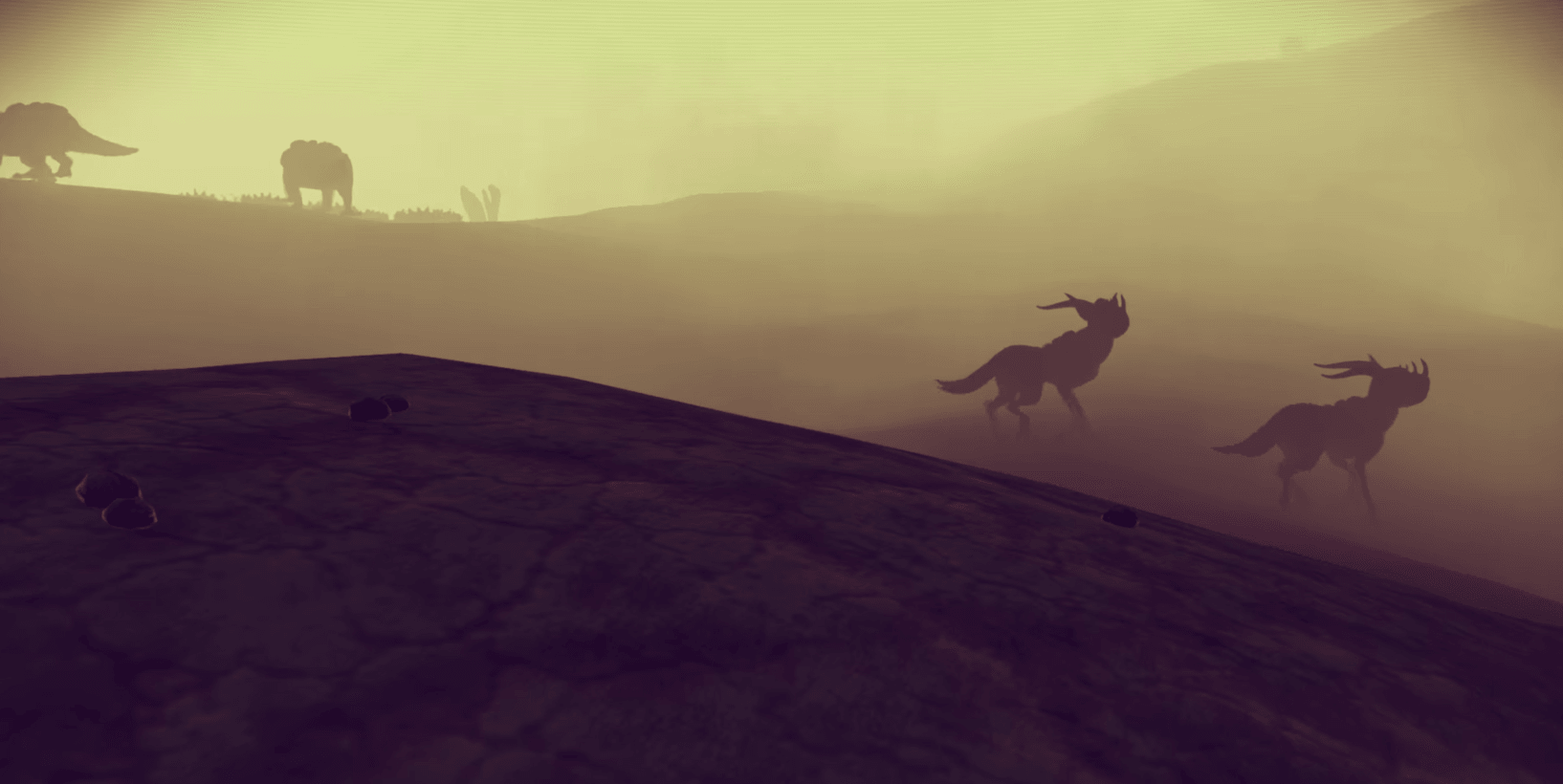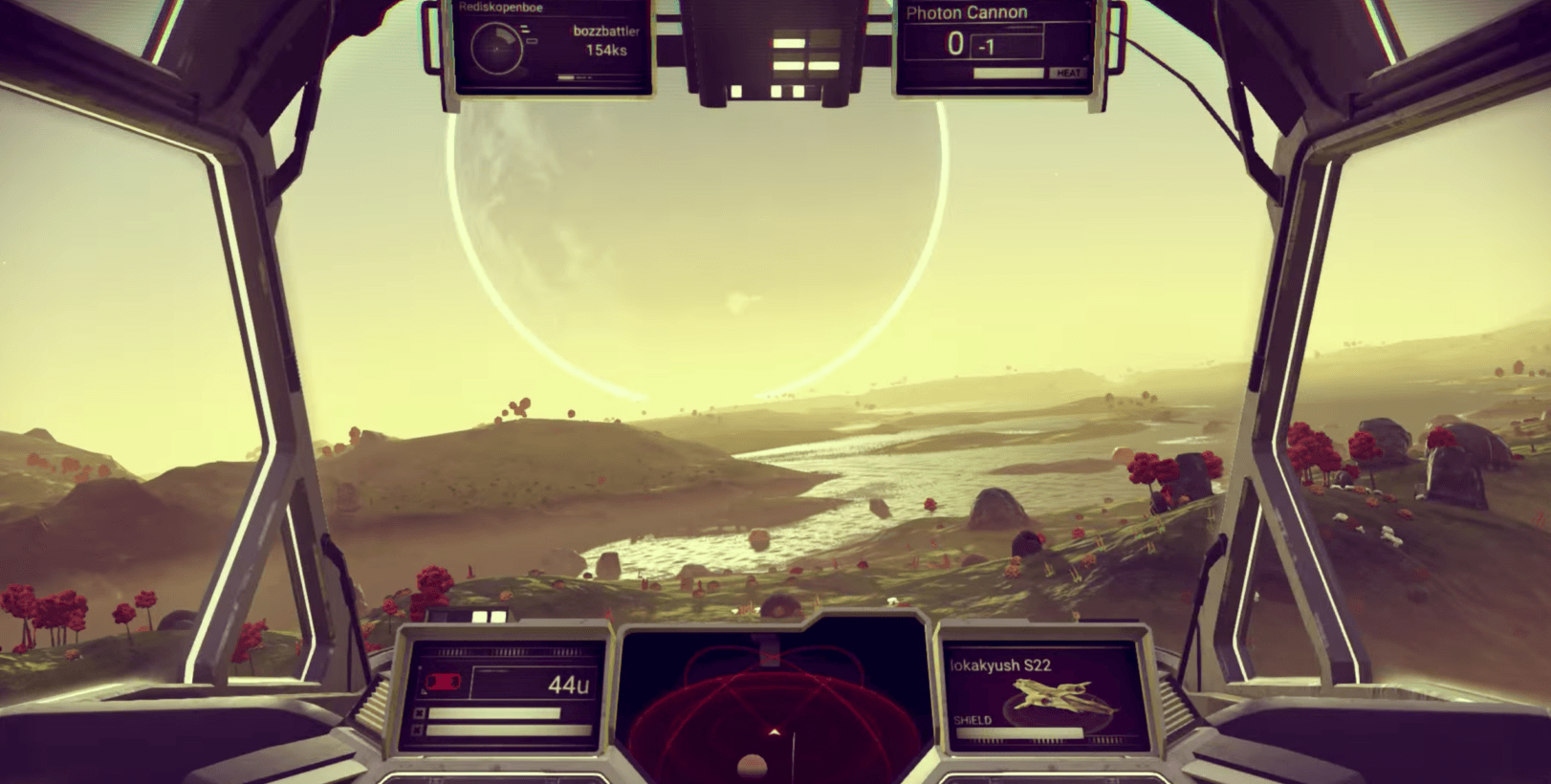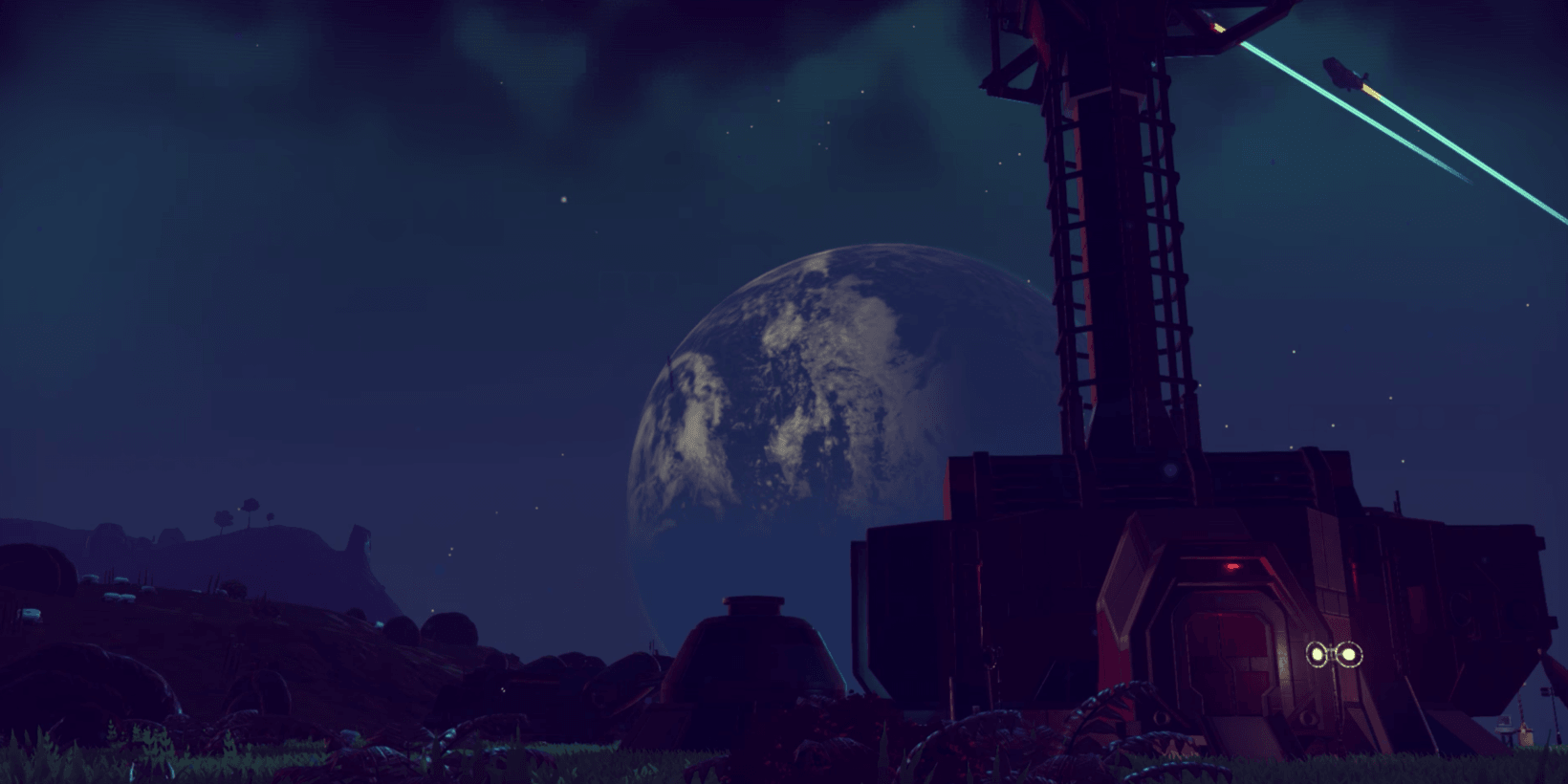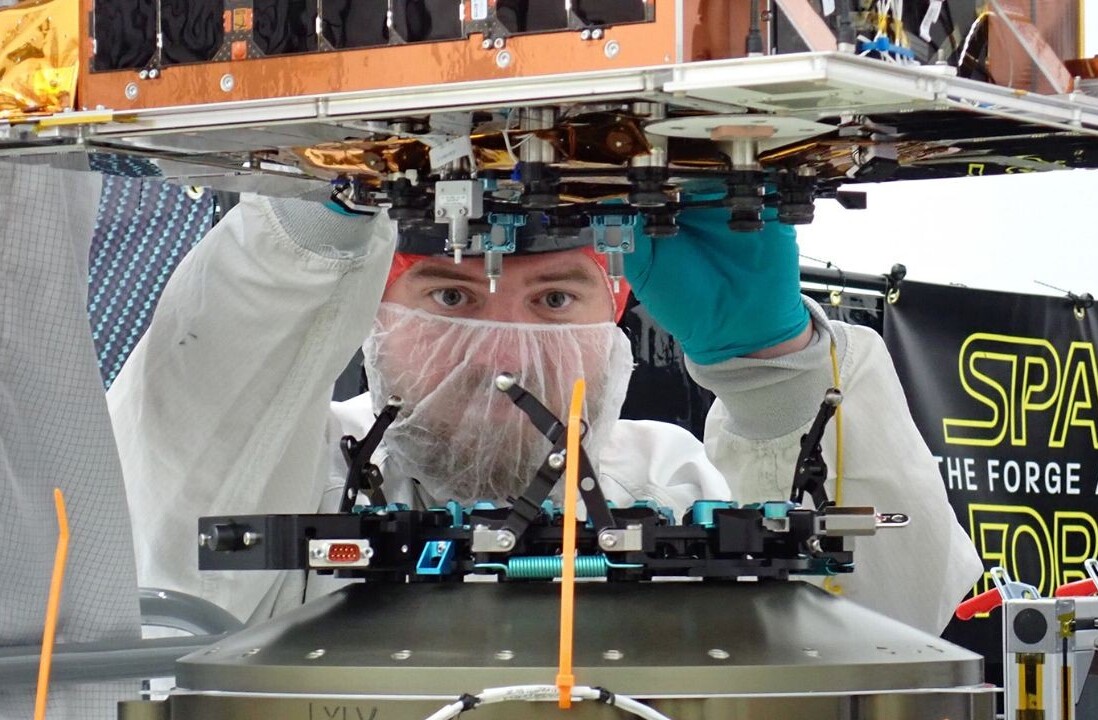
After nearly 24 hours with one of the most anticipated titles of 2016, ‘No Man’s Sky,’ I can confidently say I know nothing.
In a game built with this sort of massive scale, knowing nothing is the inevitable starting point. With each step you take, the chance you’re discovering something previously unseen by others is always relatively high. The chances of discovering something your character has never seen is a near certainty.
This is all accomplished through a technique called ‘procedural generation,’ which is basically an algorithm that draws the map as you move through it. As such, the potential for scale is massive, and No Man’s Sky takes full advantage of this with a mind-boggling 18,446,744,073,709,551,616 (18 quintillion) possible planets to visit, each different than the last.
All the while you’ll be discovering new plant species, animals, colonies, weapons and spaceships. Discovering animal and plant species also has a pretty cool perk — you get to name them.

Managing director at Hello Games Sean Murray quipped:
If a new planet in ‘No Man’s Sky’ was discovered every second, it would take 584 billion years for them all to be discovered. In terms of beating the game, it’s not really an option unless you’re going to hand it down from generation to generation.
After being conditioned that ‘fun’ included a run-and-gun style approach to gaming featuring near-constant action and bells and whistles designed to keep the ADD generation entertained at all times, No Man’s Sky is a departure. There’s almost no action. There’s very little in the way of storyline early on and the entertainment comes from walking, fixing things and mining resources on martian surfaces.
If it sounds a little like Minecraft, it’s a fair comparison. While the graphics are undoubtedly better and there’s an actual storyline (albeit hard to find at first), the crafting, mining and endless wandering are very Minecraft-esque.
So much traveling

In the beginning, you have an astronaut with a broken down starship, a jetpack and a need to gather resources quickly before your defenses break down and start allowing your character to be consumed by radiation.
So we walk. And walk. And walk some more. There’s no option to fast travel or skip from one place to another.
After finding the necessary elements to fix your ship — all while finding others to keep you alive while you’re searching — you can finally move on to other planets.
The first time you take off in your starship feels like freedom, until you realize that you may have discovered one percent of the planet you were on, and there are more than 18 quintillion planets just like it waiting for you to explore.
Crafting

If discovery and walking drive the action, crafting drives you to walk and discover.
Throughout the game, things break — your ship, your exosuit, your jet pack, all of it. To combat this — and to try to stay ahead of the curve — you’re constantly gathering resources such as metals, carbon and precious minerals. Each of these has a purpose and chances are it’ll take you ages to discover that purpose — if you ever do.
Each tool you use uses these resources. The laser blaster (for mining) uses carbon to charge. The exosuit that protects you from extreme temperatures and radiation needs to be recharged regularly. Even your scanner (which you’ll live and die by) needs repair from time-to-time.
An experiential marvel
Never before have I played a game that accomplishes so much with so little to drive the action. It’s literally walking, flying, scanning alien species to add them to a discovery log and crafting — lots of crafting. Occasionally, you’ll break the monotony by chatting with — or fighting — an alien species. Yet, no matter how much you repeat the same tasks, each time you set foot on a new planet the game feels brand new all over again.
Luckily, the worlds are beautiful — all the artwork is.

Each planet is different from the last and all have decidedly unique flora and fauna, landscapes, backdrops, colors, surfaces and atmospheric conditions. While you’re comfortably living at 20 degrees celsius on one planet, your next trip might take you to an inhospitable surface with -100 degree temperatures, near-constant darkness, radiation levels that would kill you in an instant and a wildlife that seems hell-bent on devouring you whole.
The feeling that you could be the first player in the game to ever step foot on one of its 16 trillion planets is as close as most of us will ever get to visiting one. It’s this feeling of discovery that makes No Man’s Sky a game unlike anything I’ve ever played.
In fact, calling it a game might be a disservice. If I had to sum it up I think I’d actually call it guided meditation.
No matter what you call it though, it’s definitely worthy of your time.
Get the TNW newsletter
Get the most important tech news in your inbox each week.




